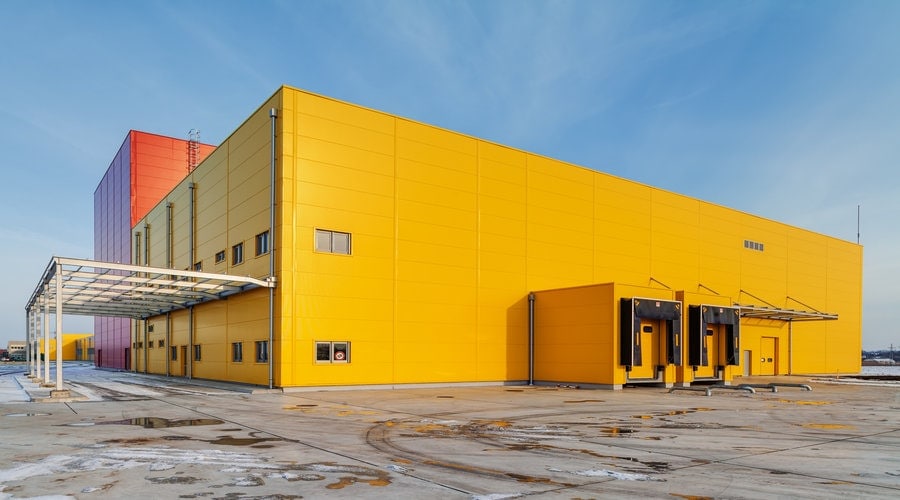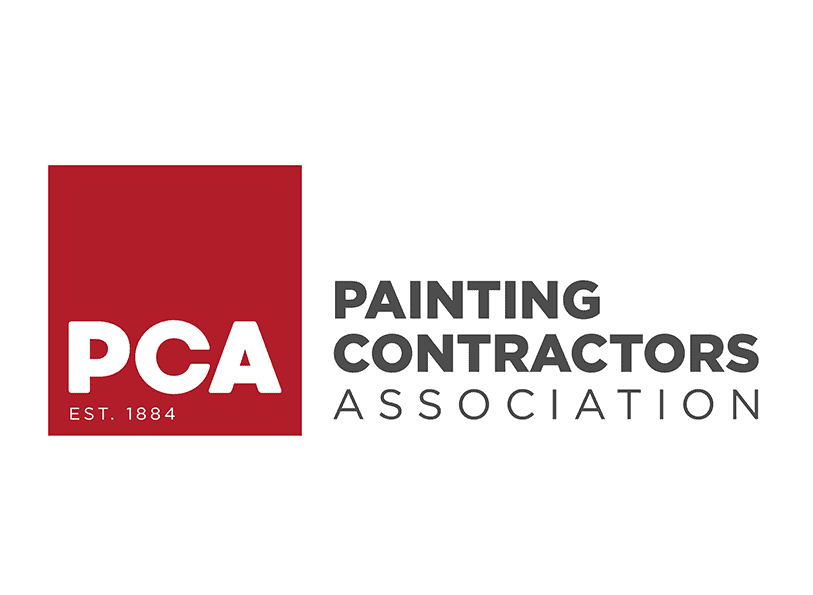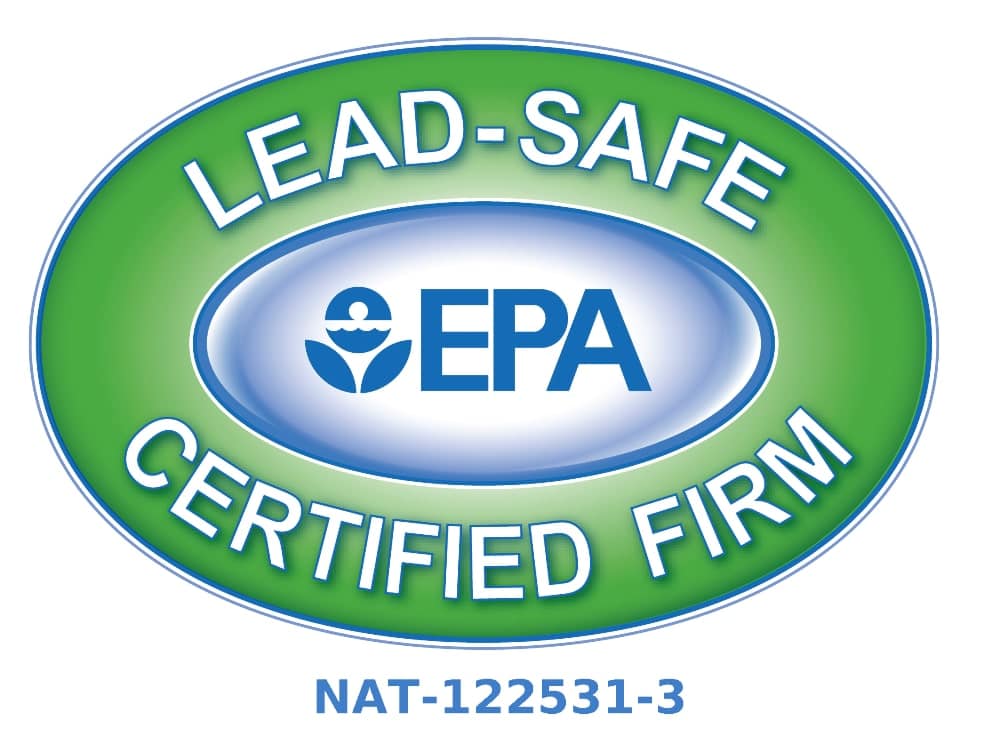
12 Nov How Often Should Commercial Buildings Be Repainted? A Comprehensive Guide to Long-Lasting Aesthetics and Maintenance
The appearance of a commercial building speaks volumes about its owners, tenants, and the businesses it houses. Whether it’s an office space, a retail store, or an industrial facility, maintaining a polished exterior and interior is crucial to making a positive impression on clients, employees, and visitors. One key aspect of building maintenance is repainting.
Repainting enhances the aesthetic appeal of your property and provides essential protection against environmental elements like UV rays, moisture, and pollutants. But how often should commercial buildings be repainted? The answer depends on several factors, including the building’s location, usage, and type of paint applied. In this blog, we’ll break down the factors that influence repainting frequency and offer practical tips for keeping your building in top shape.
Understanding the Role of Paint in Building Maintenance
Paint serves more than just an aesthetic purpose; it’s a functional layer of protection for your building. The key roles paint plays in building maintenance include:
- Protection Against Weathering: Paint shields surfaces from harsh UV rays, rain, wind, and temperature fluctuations. Over time, this protective layer wears off, necessitating a fresh coat.
- Preventing Structural Damage: Cracks, peeling, or fading paint can expose underlying materials to moisture, leading to rot, mold, or rust.
- Reinforcing Branding: For businesses, a well-maintained exterior reflects professionalism and strengthens brand identity.
The durability of paint depends on its type, quality, and application process, as well as the conditions the building is exposed to daily.
Factors That Influence Repainting Frequency
The frequency with which commercial buildings need to be repainted varies based on several factors:
Building Location and Environment
- Buildings in areas with high humidity, frequent rainfall, or coastal exposure are more prone to paint deterioration due to moisture and salt.
- Urban locations with high pollution levels may require more frequent repainting as dirt and grime accumulate faster.
Type of Building
- Retail Stores and Restaurants: These spaces often prioritize customer-facing aesthetics and may need more frequent updates—every 3-5 years.
- Office Buildings: Interiors may require repainting every 5-7 years, while exteriors depend on environmental exposure and materials.
- Industrial Facilities: Warehouses and factories typically prioritize functionality over aesthetics, but periodic repainting is necessary to protect against wear and tear.
Type and Quality of Paint
- High-quality, weather-resistant paints last longer, reducing the need for frequent repainting.
- Specialized paints, such as anti-microbial coatings for healthcare facilities, may need unique maintenance schedules.
Level of Maintenance
- Routine cleaning and minor touch-ups can extend the life of a paint job, delaying the need for a full repaint.
Interior vs. Exterior Repainting: Key Differences
Interior and exterior surfaces face different challenges, and their repainting schedules reflect these differences:
Exterior Repainting
- Frequency: Most commercial building exteriors require repainting every 5-10 years, depending on factors like sun exposure and weather conditions.
- Signs It’s Time to Repaint:
- Fading or discoloration caused by UV rays.
- Cracking or peeling paint, which can lead to water infiltration.
- Visible mold or mildew growth.
- Outdated color schemes that no longer align with branding.
Interior Repainting
- Frequency: Interiors often need repainting every 3-7 years, depending on usage and traffic.
- Signs It’s Time to Repaint:
- Scuff marks, stains, or scratches on walls.
- Fading colors in high-sunlight areas.
- Renovations or changes in branding that require updated color schemes.
- Wear and tear in high-traffic areas like hallways and reception areas.
Benefits of Regular Repainting for Commercial Spaces
Timely repainting offers several benefits that go beyond appearance:
Enhanced Curb Appeal
A fresh coat of paint significantly improves the appearance of your building, making it more inviting to clients, customers, and tenants.
Increased Property Value
Well-maintained properties are more attractive to potential buyers or lessees, increasing their market value.
Cost-Effectiveness
Proactively repainting prevents more costly repairs in the future, such as addressing structural damage caused by neglected paint issues.
Improved Employee Morale
Bright, clean, and well-maintained interiors contribute to a positive working environment and can boost employee productivity.
Compliance with Regulations
Specific industries, like healthcare or food services, may have specific requirements for maintaining hygienic and visually appealing spaces.
Tips for Maximizing the Lifespan of Your Paint Job
To ensure your commercial building’s paint job lasts as long as possible, follow these practical tips:
- Invest in High-Quality Paint: While cheaper options may save money upfront, premium paints often provide better durability and coverage, saving money in the long run.
- Hire Professional Painters: A professional paint job ensures proper surface preparation, application, and finishing for a longer-lasting result.
- Perform Routine Maintenance: Regular cleaning of exterior and interior surfaces removes dirt, grime, and pollutants that can degrade paint.
- Schedule Inspections: Periodically inspect your building for signs of paint deterioration, such as cracks, peeling, or mold, and address them promptly.
- Choose Weather-Resistant Paint: For exteriors, opt for paints designed to withstand your local climate conditions.
Repainting your commercial building is more than an aesthetic upgrade—it’s an essential part of property maintenance. By understanding the factors that influence repainting frequency and staying proactive, you can protect your building, enhance its appearance, and save money in the long run.
Whether you manage a retail store, an office building, or an industrial facility, keeping your property in top condition reflects positively on your brand and ensures a safe, welcoming environment for all. Don’t wait for peeling paint or faded walls to make an impression—take control of your commercial space’s maintenance with a strategic repainting plan tailored to your building’s needs.
For expert advice and quality services, Home Works Painting is here to guide you through every step of the repainting process. Trust us to help keep your property looking its best!
FAQ
How often should the exterior of a commercial building be repainted?
Most commercial buildings require exterior repainting every 3 to 10 years, depending on factors like building material, climate, and paint quality. For example, wooden exteriors may need repainting every 3–7 years, stucco every 5–10 years, brick every 10–15 years, and metal or aluminum every 5–8 years. Buildings exposed to harsh weather or direct sunlight may need more frequent attention to maintain their appearance and protection.
What signs indicate it’s time to repaint a commercial building?
Visible cues such as fading, chipping, peeling paint, mold or mildew growth, bubbling, cracks, and water stains all suggest the paint is no longer protecting the building effectively. These issues not only detract from the building’s appearance but can also signal underlying structural or moisture problems that require prompt attention.
How does climate and location affect repainting frequency?
Buildings located in areas with high humidity, intense sunlight, coastal air, or frequent storms will experience faster paint degradation. Similarly, properties in high-traffic urban zones or industrial areas face more environmental wear and may need repainting sooner to combat grime, pollution, and physical wear.
Why is regular repainting important for commercial properties?
Regular repainting serves several critical purposes:
Protects against moisture, UV rays, and pollutants, preventing structural damage.
Enhances curb appeal and professional image, attracting clients and tenants.
Preserves property value and helps avoid costly repairs by catching minor issues early.
Ensures compliance with safety and aesthetic regulations in some industries.
Are there different repainting schedules for interior and exterior surfaces?
Yes. Interior surfaces—especially high-traffic areas like lobbies and hallways—often require repainting every 2–3 years, while offices and low-traffic areas may last 3–7 years. Exterior surfaces follow the 3–10 year guideline, but regular inspections are recommended to identify areas that need attention sooner, especially those exposed to more sunlight or harsh weather

Mike Katounas is the owner of Home Works Painting, a painting business in Northern Virginia. He has over 15 years of experience in residential interior and exterior painting, drywall installation/repair, carpentry, wallpaper removal, power washing, commercial painting, color consultation, and staining/sealing. Their service areas include Chantilly, Fairfax, Herndon, Oakton, Reston. Mike takes pride in his work, and he always follows a strict code of conduct that includes the use of quality paint, a clean workspace, and an honest, respectful approach to his customers.












Sorry, the comment form is closed at this time.